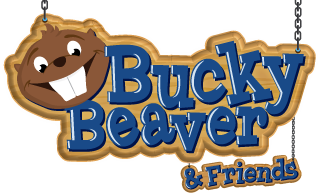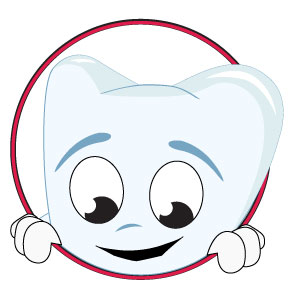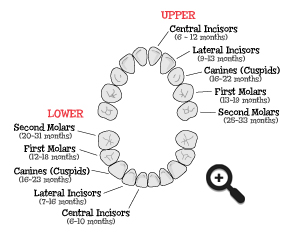Newborn & Infant Development
Teething & Primary Teeth
Primary (or baby) teeth and their care are important for the health of all children so they can eat and speak properly. Healthy baby teeth will contribute to healthy adult teeth and good oral health throughout life.
Teething is the natural process of the baby teeth working their way through the gums. Between the ages of six and ten months most infants begin to get their primary teeth. The Central Incisors are usually the first teeth to come in. These two front middle teeth are followed by the Lateral Incisors appearing on either side. The Canines and Molars are usually the last to come in. By the age of three, your child should have all twenty baby teeth.
In most cases teething causes minor discomfort and may be obvious by drooling, crankiness and irritable disposition. Normal signs of teething also include red cheeks, red swollen gums and the need for an infant to chew on things. Fever, stuffiness, diarrhea and runny nose should not be blamed on teething. A child with these conditions may require medical attention.
Giving the baby a cold washcloth or teething ring to chew as well as massaging the areas of discomfort with a clean finger may provide relief. Avoid using over-the-counter tooth gels unless recommended by a medical or dental professional.
Types of Teeth
The different types of teeth in your mouth are each designed to perform their own special job.
 The Incisors are the sharpest teeth and are located front and center. These teeth are built to cut or snip through food and are shaped to push food inwards.
The Incisors are the sharpest teeth and are located front and center. These teeth are built to cut or snip through food and are shaped to push food inwards.
 The Canine teeth are located between the Incisors and molars. These teeth are the most stable and have long roots. Canine teeth are designed for grabbing and tearing food.
The Canine teeth are located between the Incisors and molars. These teeth are the most stable and have long roots. Canine teeth are designed for grabbing and tearing food.
 First Molars are the teeth located behind the Canines. These teeth have a broad chewing surface and are ideal for ripping, tearing, grinding and chewing food.
First Molars are the teeth located behind the Canines. These teeth have a broad chewing surface and are ideal for ripping, tearing, grinding and chewing food.
 The teeth at the very back are Second Molars. The Second Molars are flatter and have a larger chewing surface than First Molars. These teeth are designed for chewing and grinding food into smaller pieces.
The teeth at the very back are Second Molars. The Second Molars are flatter and have a larger chewing surface than First Molars. These teeth are designed for chewing and grinding food into smaller pieces.







